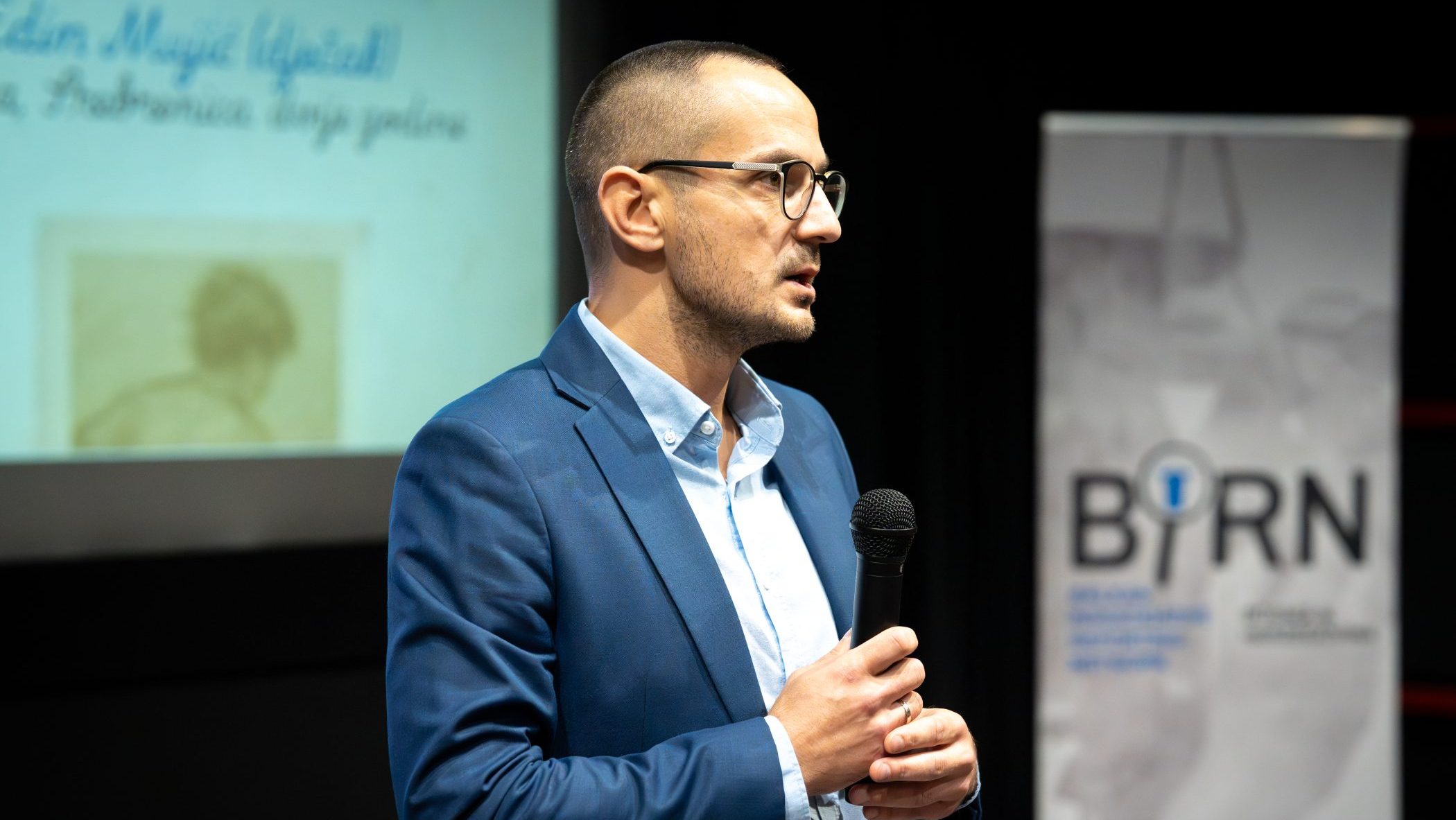This post is also available in: Bosnian
Defence military expert Radovan Radinovic says at Radovan Karadzic’s trial that the Republika Srpska Army, VRS, implemented a defensive strategy during the Bosnian war with the aim of defending the territories in which Serbs were the majority.
“Preserving Bosnia and Herzegovina as an integral country was the goal of the Muslim side, but that could not be done without defeating the two other sides in military terms… By definition, that is an offensive strategy,” said retired Yugoslav Army general Radinovic.
Radinovic said that the offensive strategy of the Army of Bosnia and Herzegovina was too ambitious, bearing in mind the Army’s strength, so it kept calling for an international intervention, which “happened in the end”.
“You often said that the VRS goal was not to win and defeat the other side, but to preserve and defend your own territories,” Radinovic said.
Karadzic, former President of Republika Srpska and supreme Commander of its Army, is charged with persecuting Muslims and Croats throughout Bosnia and Herzegovina, committing genocide in Srebrenica and conducting a campaign aimed at terrorising civilians in Sarajevo.
Speaking about Sarajevo, Radinovic specified that between 50,000 and 70,000 ABiH members were present in the city, saying that “this was a huge density in such small area”.
According to the expert’s testimony, it was difficult to distribute so many soldiers in the city without violating the principle of protection of civilian areas and buildings.
“The aim of the First Corps of ABiH was to control the entire city, unblock it and connect with the forces situated on Mount Igman and in Central Bosnia. On the other hand, the VRS Sarajevo Romanija Corps aimed at keeping the First Corps of ABiH under blockade, because had it managed to connect with the forces outside the city, Serbs would have lost the war,” Radinovic said.
He said that the blockade was fully legal and legitimate, that all civilian buildings, which were used for military purposes, represented legitimate military goals and that ABiH commanders were obliged to remove civilians from the zone of their activities in Sarajevo.
When Karadzic asked him whether he had come across any documents issued by him, ordering “aggressive” and “unlawful treatment” of Sarajevo, Radinovic answered negatively.
“On the contrary, I came across your order related to restricted activities,” Radinovic said, adding that there were no exact criteria for determining whether the fire was proportionate or not.
According to Radinovic’s testimony, ABiH had several snipers on the Sarajevo battlefield, while the Sarajevo-Romanija Corps of VRS had no sniper units.
Radinovic said that, in his capacity as Supreme Commander, Karadzic did not have direct responsibility for the offensive on Srebrenica in July 1995.
“The Main Headquarters and Drina Corps of VRS had an exclusive responsibility for it, while Karadzic received reports, but he was not directly involved in that operation, except for giving an authorisation to enter the town on July 9, 1995,” the expert witness said.
Radinovic said that Karadzic’s Directive No. 7 from March 1995, ordering the VRS to “create unbearable conditions of full uncertainty without any hope for survival or life of the local population” in Srebrenica, was the most general document.
Prosecutors are due to cross-examine Radinovic on July 18.

